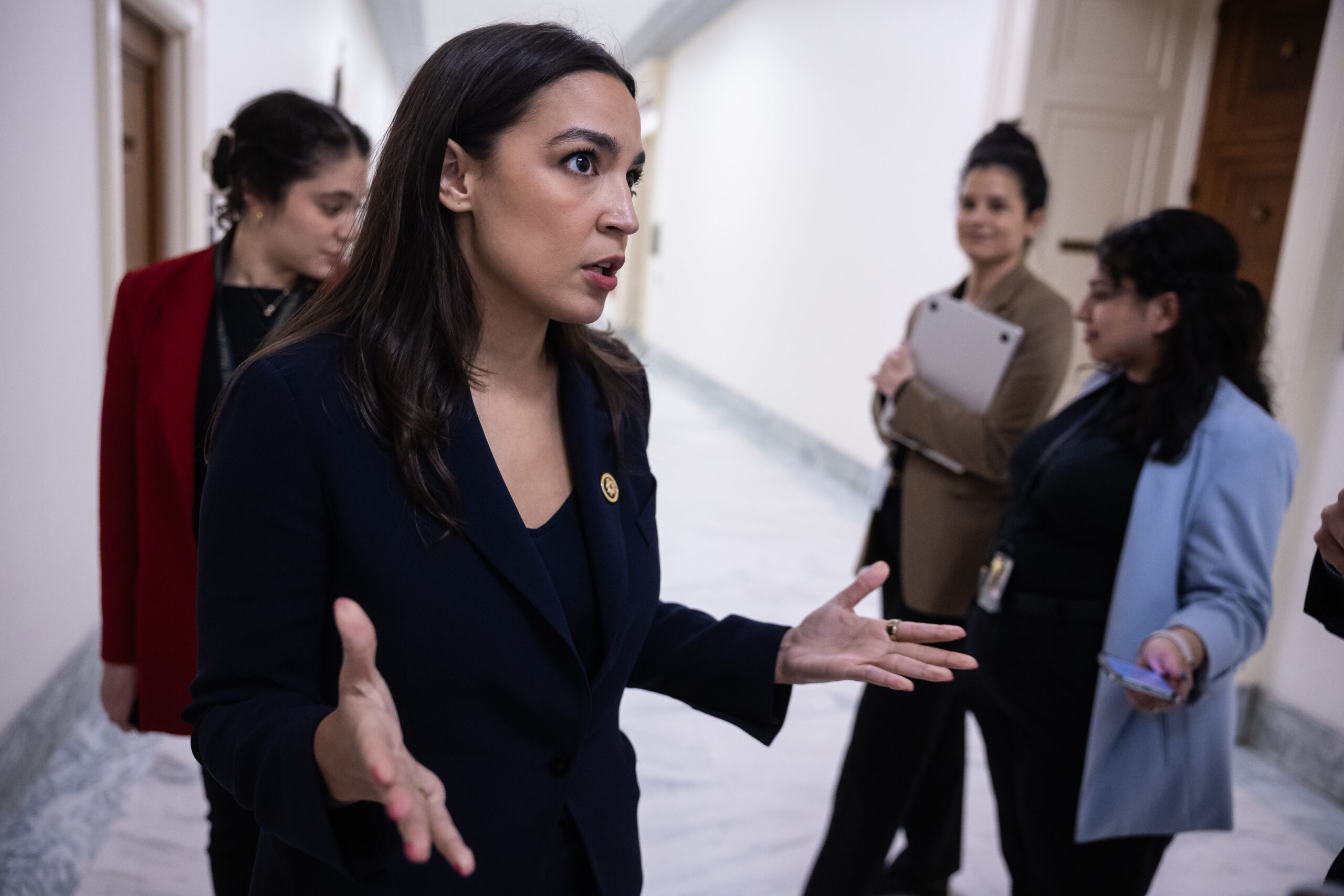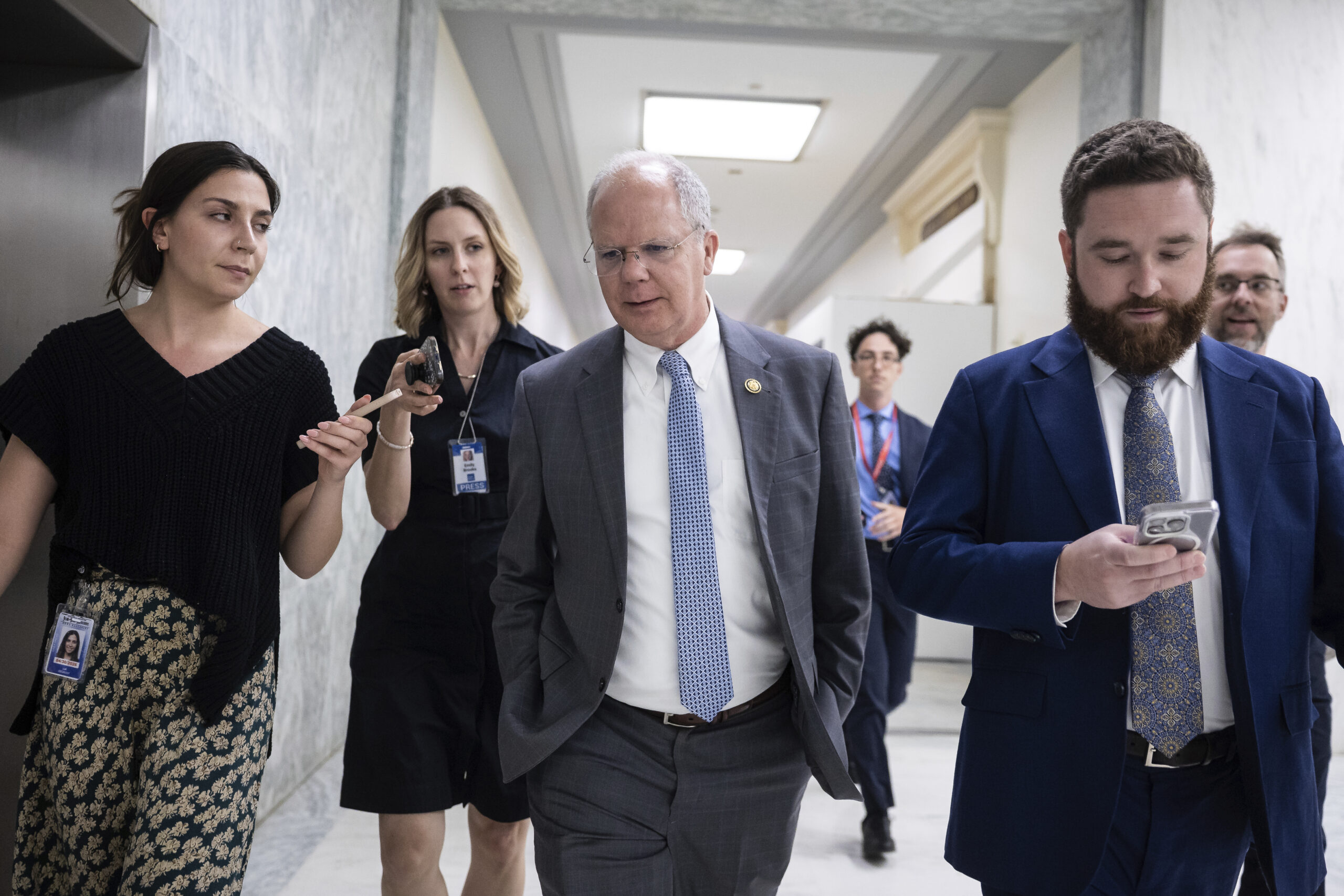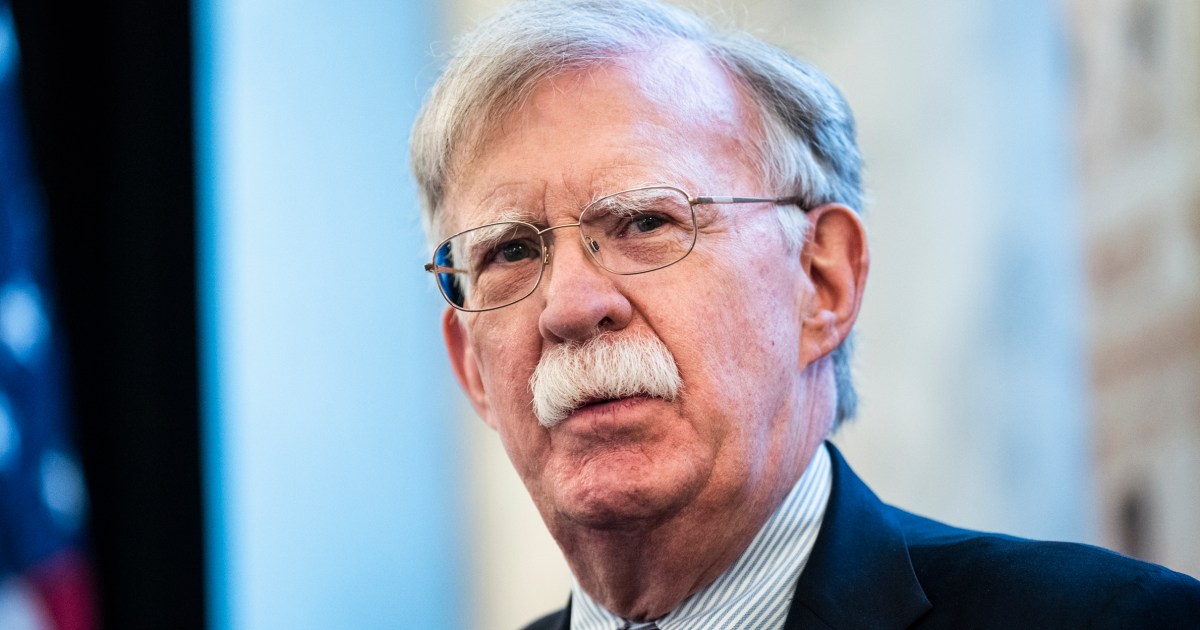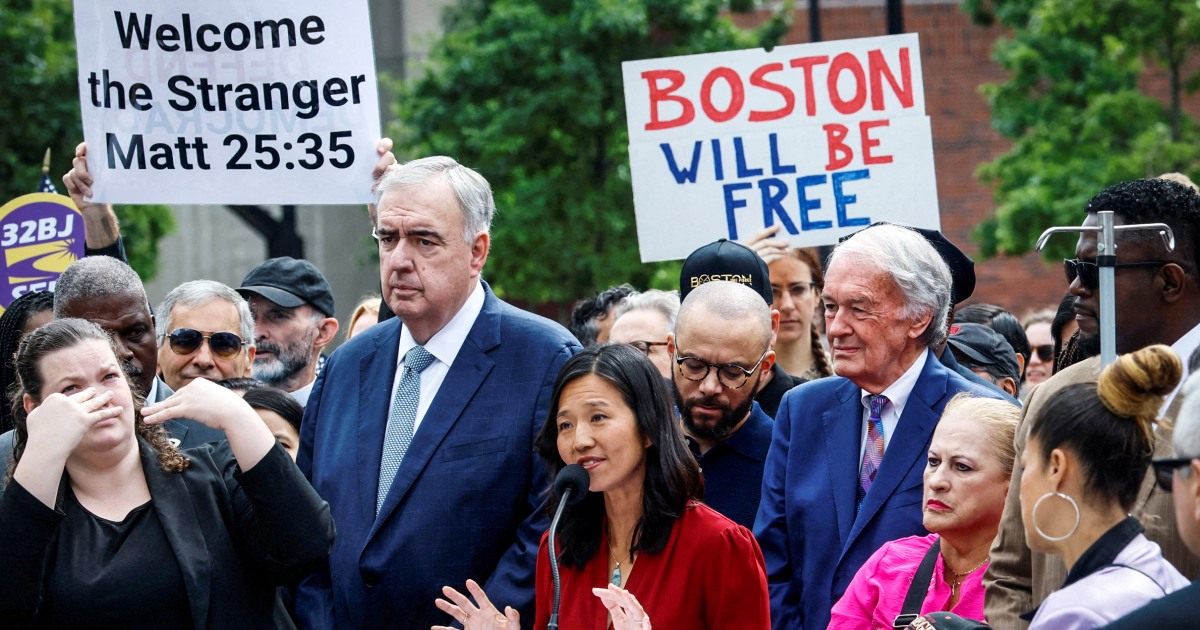
A routine journey to the skies may result in long lines and a change of plans as airlines abide by a Federal Aviation Administration order to cut flights by 4% in high-traffic airports starting Friday.
The cuts are building up to a 10% reduction in capacity at 40 locations, designed to ease pressure points and address fatigue among air traffic controllers as the government shutdown drags on.
Here’s how the reductions, delays and cancellations are unfolding.
Why is this happening?
The government shutdown has hit the aviation industry hard, resulting in delays, cancellations, burnout and mounting pressure on short-staffed air traffic controllers.
Air traffic controllers are highly specialized federal employees who have gone without pay in the shutdown, now in its second month.
Since the start of the shutdown, there’s been an increase in “staffing triggers” at air traffic facilities across the country, resulting in “increased reports of strain on the system from both pilots and air traffic controllers,” the Transportation Department said Thursday. Controllers have experienced exhaustion, “sick outs” and, in some cases, have picked up second jobs to make ends meet.
Transportation Secretary Sean Duffy and FAA Administrator Bryan Bedford announced the 10% reduction Wednesday, calling it a “proactive” effort to keep American airspace safe while addressing the “fatigue” impacting on controllers.
Jeff Guzzetti, an aircraft accident investigator who has worked for both the National Transportation Safety Board and the FAA, said such a move by aviation officials is unprecedented.
By slashing flights, the FAA “will reduce potential risk of an overworked controller, or an understaffed FAA facility, from making a mistake and running two airplanes into each other,” Guzzetti said. He noted that the move, however, “is going to cost the airlines, and commerce, a lot of money. And it will cause massive inconvenience to the traveling public.”
How many flights are impacted?
The FAA has ordered a 4% reduction in the operations at 40 major airports starting Friday, which will ramp up to 6% by Nov. 11, 8% by Nov. 13, and up to 10% by Nov. 14.
The 40 high-impact airports include major cities such as Chicago, the New York Area, Washington, D.C., Atlanta and Dallas-Fort Worth.
American Airlines said that the 4% reduction will mean 220 canceled flights per day through Monday. The vast majority of impacted American Airlines flights are regional, and there’ll be no impact to international flights, including Mexico, Canada and the Caribbean, CEO David Seymour said in a letter to employees. Further hub-to-hub route impact will be minimized.
United Airlines, which operates 4,500 flights daily, canceled 184 flights Friday, 168 flights Saturday, 158 for Sunday and 190 for Monday.
United Airlines CEO Scott Kirby said long-haul international flights and hub-to-hub flying won’t be impacted, but reductions will impact “regional flying and domestic mainline flights that do not travel between our hubs.”
Southwest, which operates 4,000 daily flights, canceled 120 flights Friday, just under 100 flights Saturday, 150 for Sunday, 140 for Monday and 155 for Tuesday.
Delta Air Lines said 170 flights would be canceled Friday.
Duffy said Saturday that restrictions on private jets are also in place.
“We’ve reduced their volume at high traffic airports — instead having private jets utilize smaller airports or airfields so busy controllers can focus on commercial aviation,” he wrote Saturday on X. “That’s only fair.”
The FAA reductions were felt over the weekend with ground stops temporarily issued at O’Hare, LaGuardia, and Nashville Intentional Airports on Saturday due to staffing and over five-hour ground delays at Atlanta and Newark airports, also due to staffing.
By Saturday evening, over 5,000 flights traveling into, out of and within the U.S. were delayed, and more than 1,100 flights canceled, according to FlightAware.com.
More than 7,200 flights were delayed and 2,200 canceled Sunday.
What to do if your flight is canceled?
If you’re traveling in the next weeks, check the status of your flight with your airline.
The Transportation Department has mandated that all airlines must issue full refunds to customers impacted. Thus far, the major airlines say they’ll alert customers about cancellations, offer rebooking options and offer refunds whether or not your flight is impacted.
American Airlines is issuing travel waivers allowing customers whose flights are canceled to change their flight or request a refund without penalty.
United said impacted customers will be notified via the app and push notifications about flight changes and rebooking options. United customers traveling during the period are also eligible for a refund, even if their flight isn’t impacted. The airline also released a list of canceled flights from Friday to Sunday on its website.
Delta is also issuing travel waivers, allowing customers in impacted markets to change, cancel or refund flights without penalty.
Southwest said the “vast majority” of customer flights won’t be disrupted, and those impacted will hear from the airline. Those with travel booked through Nov. 12 can change their plans or receive a refund.
What will this mean for Thanksgiving travel?
Speaking on CNN’s “State of the Union” Sunday, Duffy said travel will be “reduced to a trickle” ahead of Thanksgiving and warned that many will not be able to spend the holiday with their families.
“Listen, many of them are not going to be able to get on an airplane, because there are not going to be that many flights that fly if this thing doesn’t open back up,” the transportation secretary said. “We have controllers who, again, are making decisions to feed their families, as opposed to come to towers or TRACONs [terminal radar approach control facilities] or centers and do their jobs.”
In addition to affecting millions of travelers, the impact of the government shutdown on the aviation industry will also cost millions to the economy, trade association Airlines for America said Sunday.
The travel of over 4 million passengers on Delta, American, Alaska, JetBlue, Southwest and United Airlines was disrupted between the start of the government shutdown on Oct. 1 and Friday, according to Airlines for America.
“During the first 29 days of the shutdown, A4A member airlines canceled just 11 flights due to controller staffing issues; over the ensuing nine days, however, controller staffing issues caused them to cancel 1,271, including 865 on Nov. 7,” the association said.
It estimated there will be a “daily U.S. economic impact” of between $285 million and $580 million when the FAA-mandated flight reductions reach 10%. That estimate is tied solely to the reductions and excludes things like ongoing staffing issues or passenger refunds, the group said.








